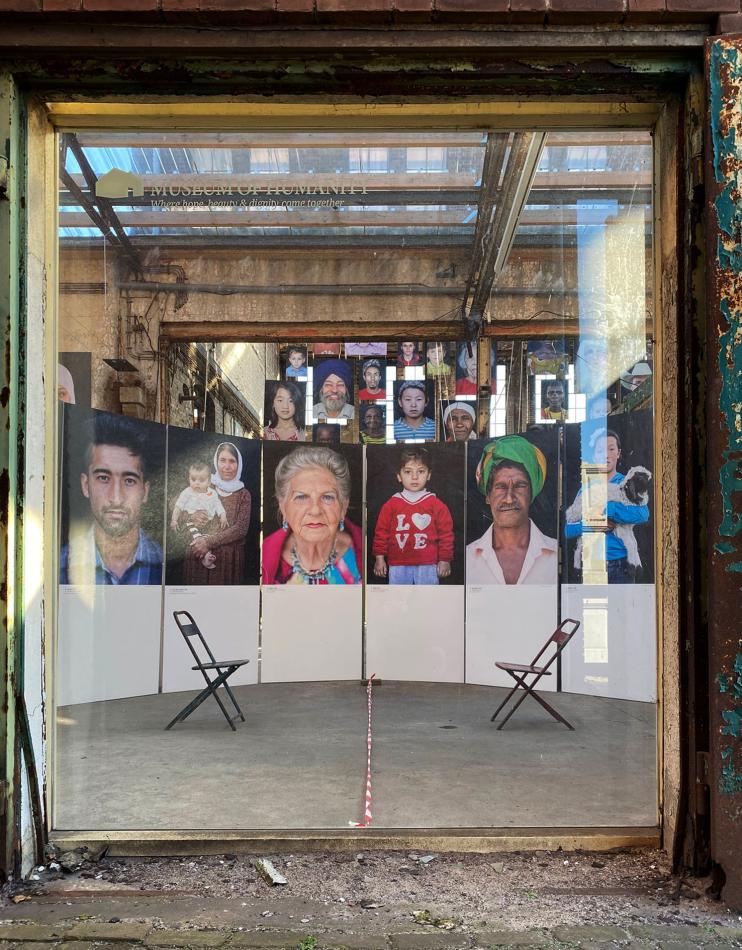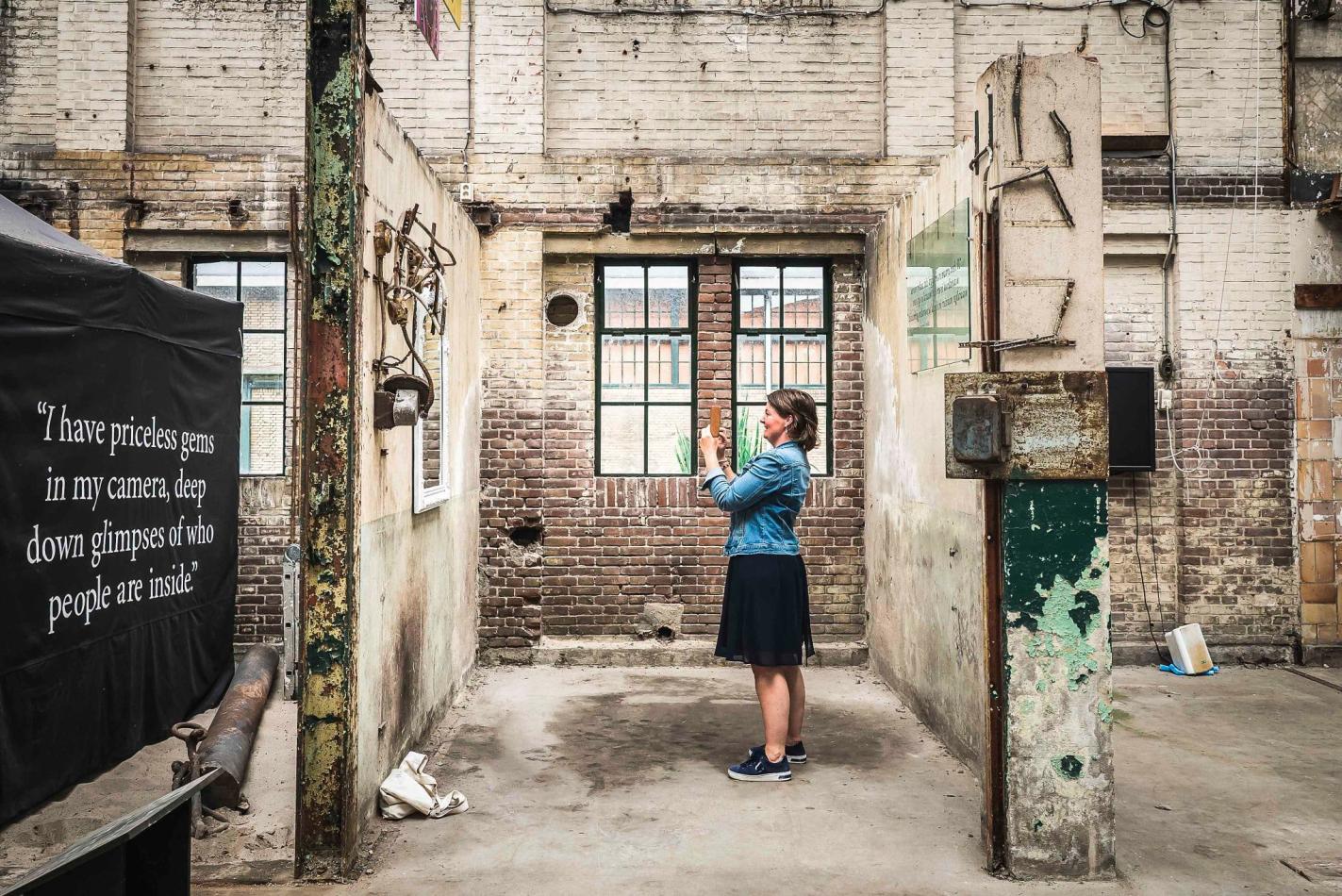Portraits | Stories | Exhibits | Training
About us
Museum of Humanity was created in 2001 after a dream of photographer Ruben Timman about a dilapidated and dark museum. It is a metaphor for the state of the world and our humanity. That dream is the starting point for portraying humanity worldwide as dignified as possible.
Therefore:
• We photograph people – on the street – and let them experience how valuable they are;
• We enrich cities with outdoor exhibitions and local events;
• We encourage young people to believe in themselves and to really see the other with education programs of School of Humanity;
• We train companies and organizations to create more connections and understanding;
• We organize activities and programs with our army of volunteers in our permanent museum in the Amsterdam area (Zaandam).
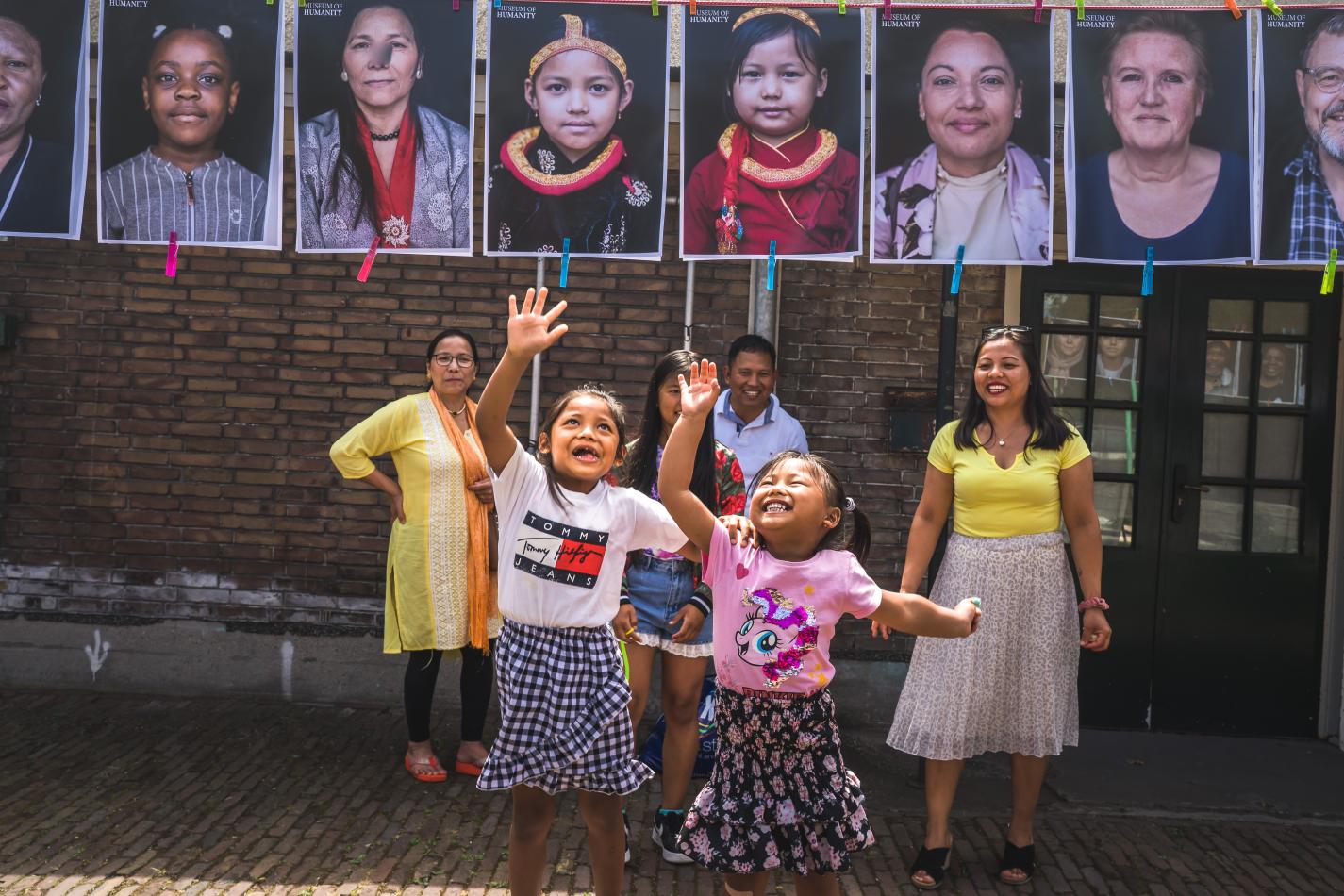
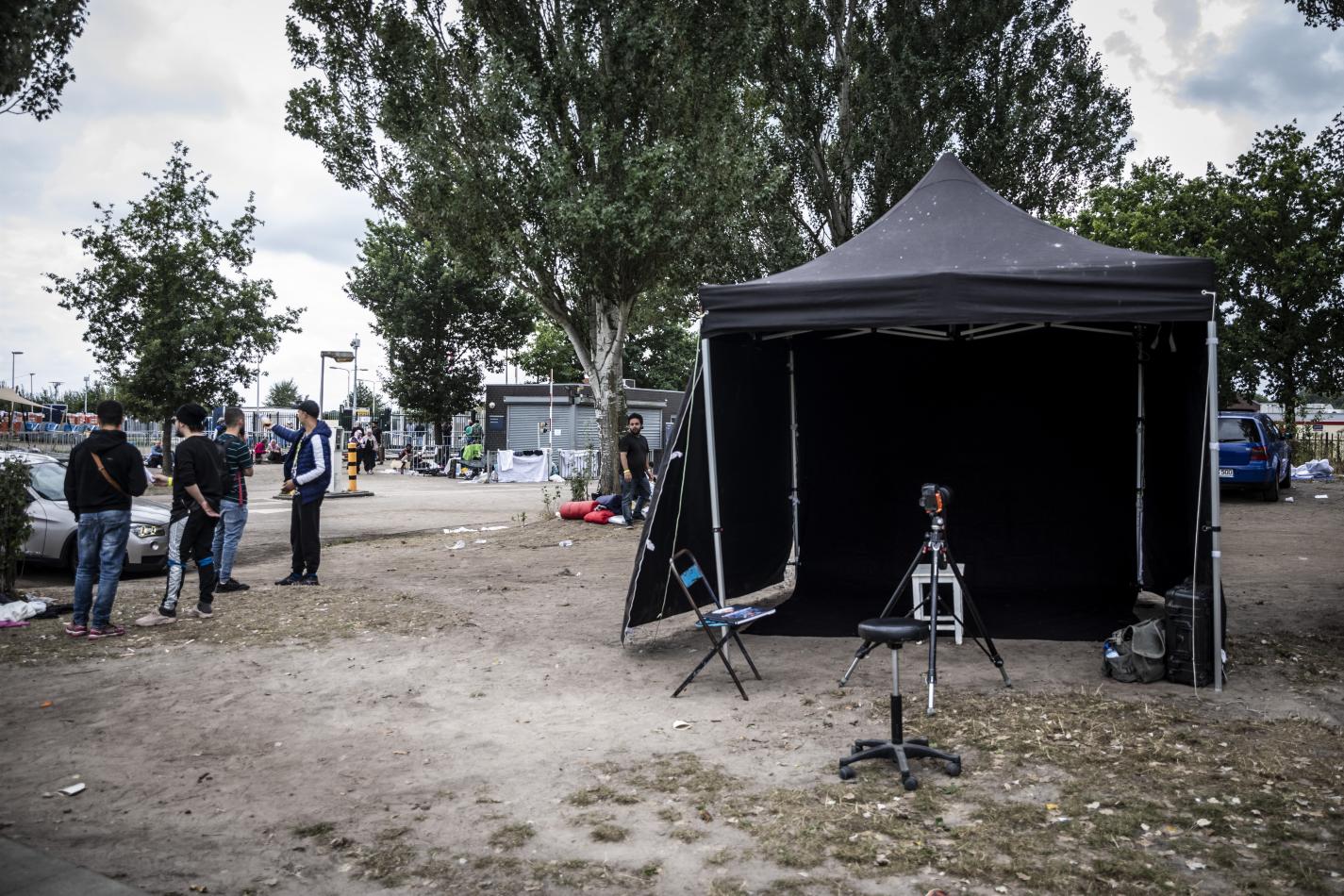
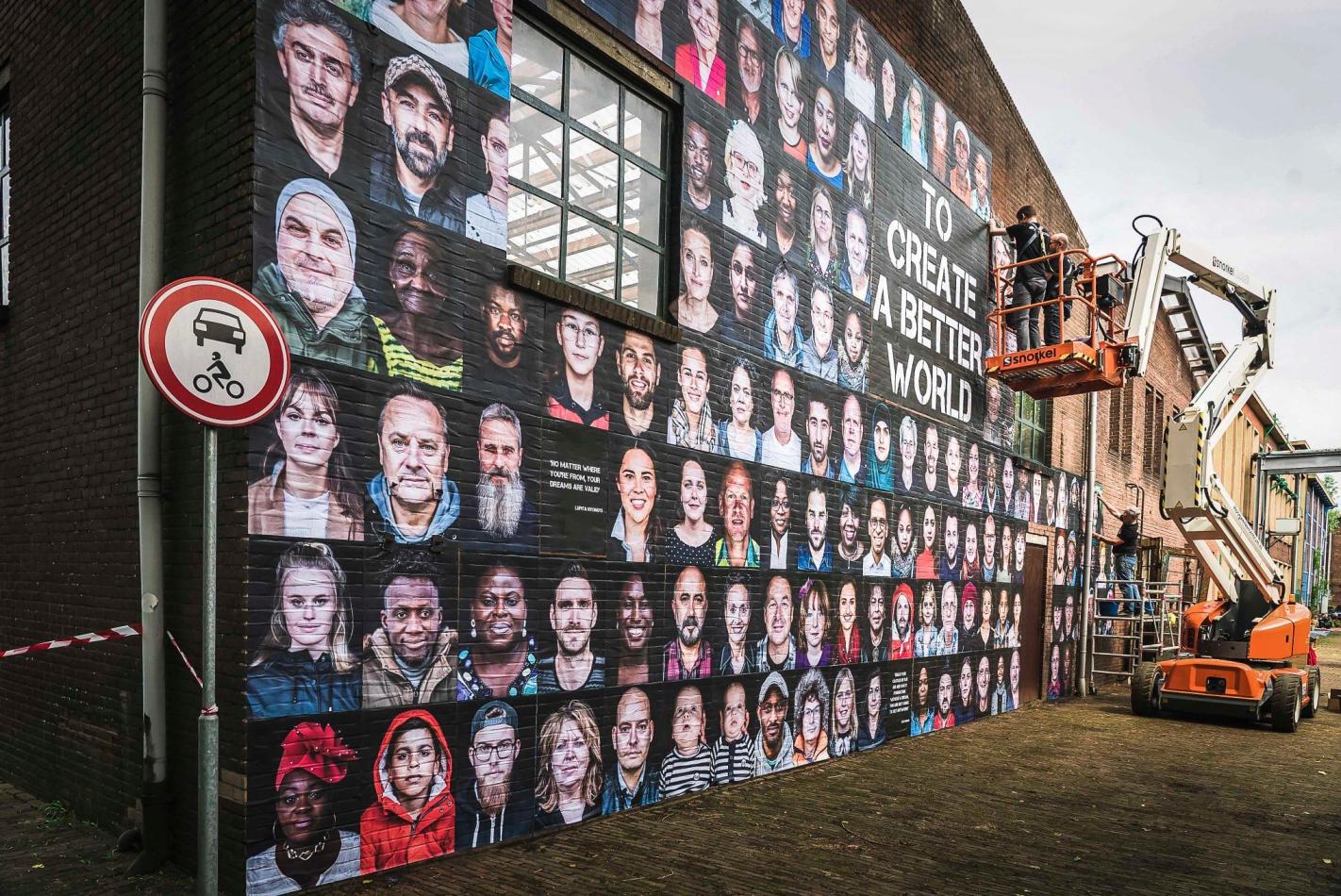
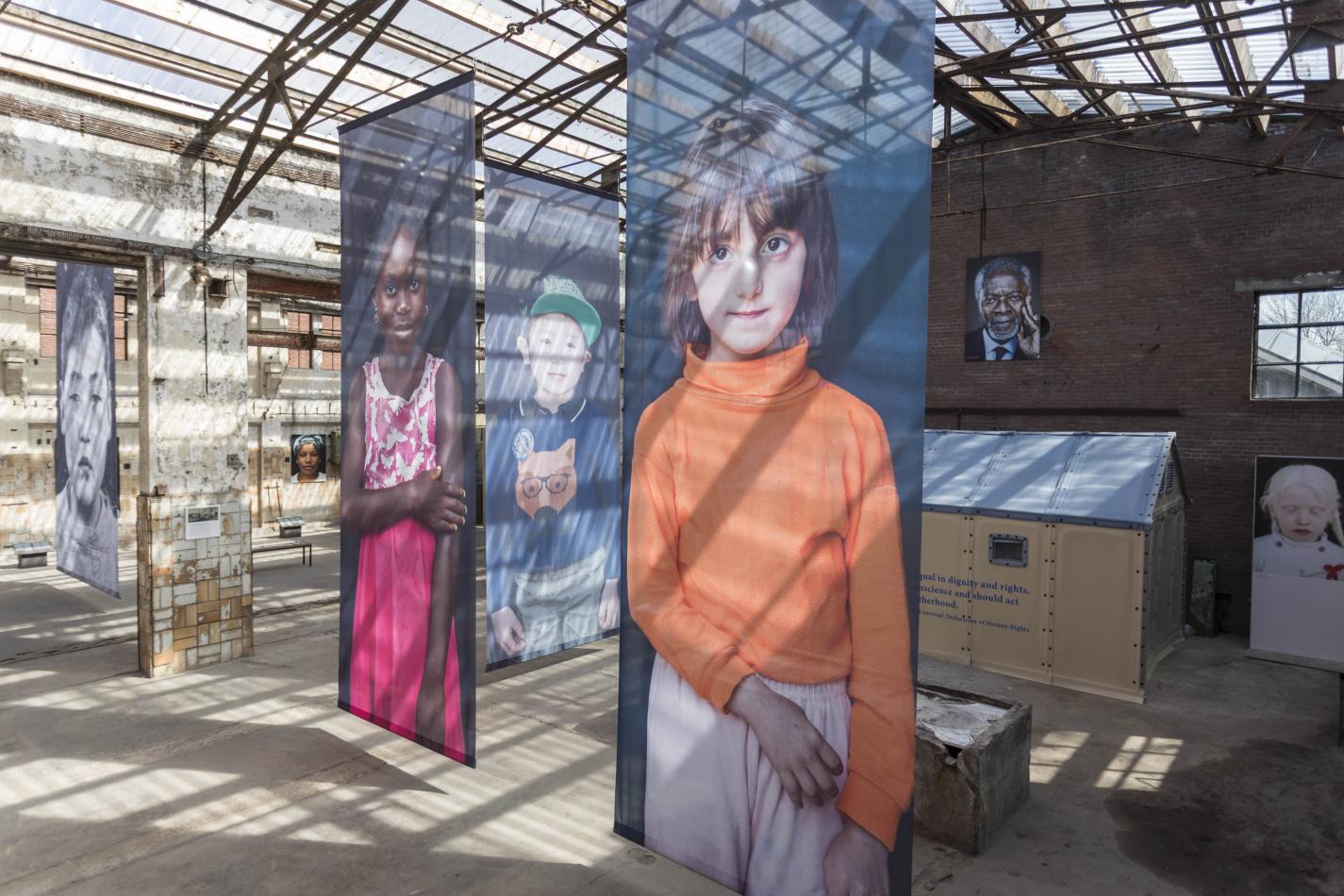
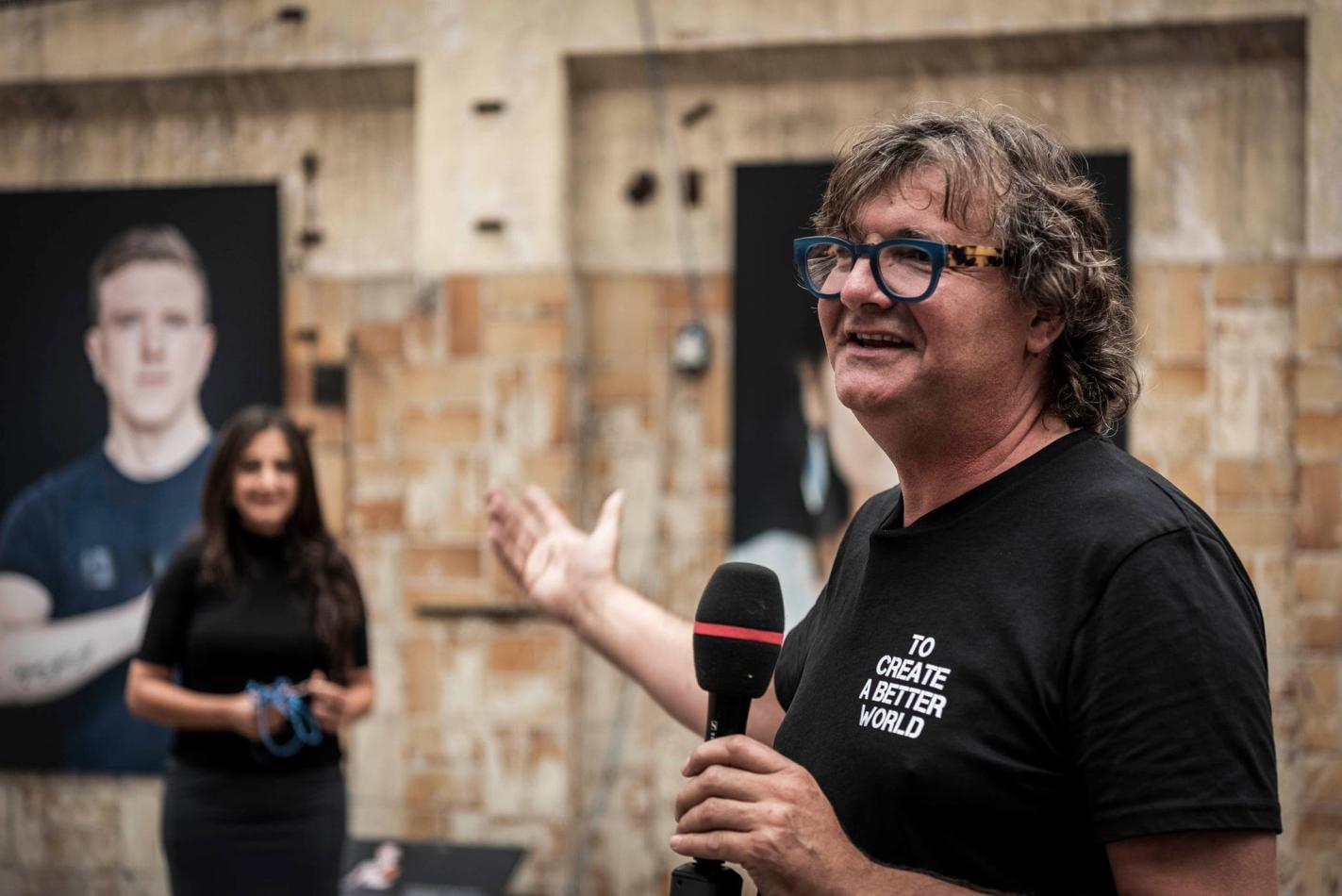
Contact
Museum of Humanity
Visiting address
'Building 155'
Ketelhuis 10
1505 RD Zaandam
Mailing address
Affuitenhal 1
1505 RE Zaandam
Or call: +31-619 561 732 (preferably a Whatsapp message!)
The secret of the black photo tent
Museum of Humanity organizes pop-up exhibitions worldwide to make humanity shine – like masterpieces. Our recipe is simple. We have a black photo tent, put it in a busy place and invite passers-by to have their picture taken. We don't sell or force anything. All we're trying to convey is that every person matters. And that often touches a sensitive chord.
Simple stool
No hocus pocus or higher mathematics at all, and yet... It's the attention, it's the positive words that are a relief to many people, we notice again and again. Apparently a lot of people don't feel seen or heard! Not surprising if you follow the media or are on social media.
Scars and scratches
We'll put you on a pedestal. You are – in spite of everything – a masterpiece. We also understand that nobody is perfect. After all, everyone has scars or scratches on the soul, regardless of your origin or status. Call it the brokenness of life. That's why we photograph people as they are, without frills or filters, always with soft northern lights.
It becomes even more beautiful if we combine all those separate portraits into a large palette. This comes into its own in an environment that symbolizes that brokenness, such as an old factory, an abandoned shop or a derelict mine. It is precisely in such a setting that the power and dignity of our masterpieces shine.
Visual statement
It becomes exciting when we bring together portraits of people with all kinds of or even conflicting backgrounds in one exhibition. Then suddenly the farmer hangs next to the environmental activist, the millionaire next to the welfare mother and the guard next to a person on the run. Is there anything that binds them? And what does this do to visitors who see the photos?
This is how we make a visual statement. Sometimes because we are against something, such as polarization, war or inequality of opportunity. But mostly because we are in favor of something: for more meeting and connection. So that we learn – regardless of beliefs, conflicts and differences – to respect, accept or even appreciate the other as a human being.
Not because that solves all the problems in the world. If only that were true. Because we can tell people – and so far there have been more than 8,000 – how unique they are. It is to lift people above opinions, conflicts, pain and sadness for a while. In this way we emphasize that every person matters – no matter what. Because in the end everyone is looking for that safety and security.

